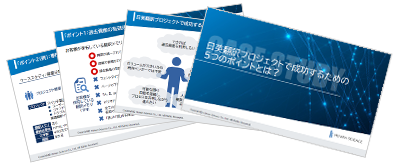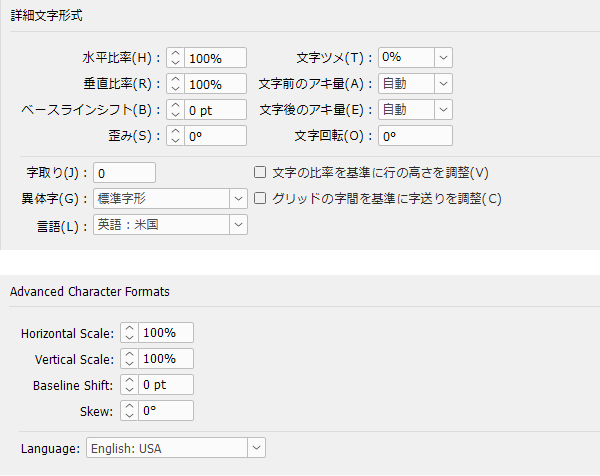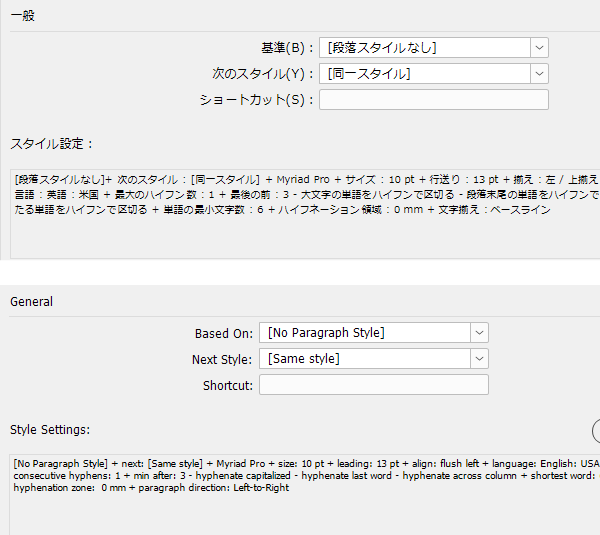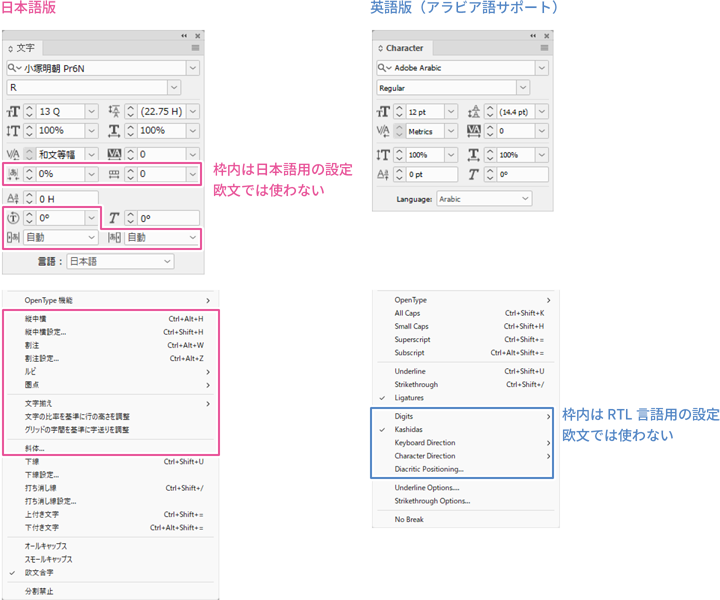
In documents such as manuals and instruction guides that utilize technical writing, clarity of content is prioritized above all else, so it is important to avoid complex grammar and sentence structures.
This time, we will discuss the use of prepositional phrases.
In technical writing, overusing prepositional phrases can often lead to unnatural and difficult-to-understand expressions, so caution is necessary when using them.
Here are some examples of using inappropriate prepositional phrases.
- Table of Contents
>>Related Download Materials: Nine Cases of Machine Translation Errors and Post-Editing & Post-Editing Checklist
1. Example of using an inappropriate prepositional phrase ①
- ・Original text: Enabling this setting will allow you to select the entire font in the font settings dialog.
- ・Translated text (before modification):With this setting enabled, whole fonts can be selected on the Font setting dialog.
- ・Translated text (after modification):When this setting is enabled, whole fonts can be selected on the Font setting dialog.
In the text (before correction), the phrase "When you enable this setting" is represented by a prepositional phrase using the structure "with + O + C" to indicate a circumstantial condition. While there are no grammatical or structural errors, in technical writing, it is often preferable to use clearer (i.e., more readable) subordinate clauses, which is why it has been revised as shown in (after correction).
* The structure "with + O + C" that indicates accompanying circumstances: This usage of "with" is used to attach circumstances to the main clause, meaning "while..., remaining..."
2. Example of an inappropriate prepositional phrase②
- ・Original text: When this flag is turned ON, only the system statistics will be displayed.
- ・Translated text (before modification):With this flag turned on, only system statistics will be displayed.
- ・Translated text (after modification):If this flag is turned on, only system statistics will be displayed.
This example also uses the structure "with + O + C" to express accompanying circumstances, similar to example ①, so it has been modified into a subordinate clause for better readability.
3. Example of an inappropriate prepositional phrase③
- ・Original text: The error display will be cleared by resolving the error state and clicking the [Clear] button.
- ・Translation (before correction): Resolve the error status before clicking the [Clear] button to clear the error display.
- ・Translated text (after correction): Resolve the error status and click the [Clear] button to clear the error display.
(Before the revision), 'resolve... before clicking...' means 'resolve... before clicking...' which matches the original text 'resolve... and click...'. However, there is no need to use this expression here. It is more readable and appropriate for the manual to say 'Perform action 1 ⇒ Perform action 2' ('resolve... and click...').
4. Example of an inappropriate prepositional phrase④
- ・Original text: Connect each speaker to the amplifier with speaker cables while the amplifier is turned off.
- ・Translated text (before modification):With the amplifier turned off, connect each speaker to the amplifier using the speaker cable.
- ・Translated text (after modification):While the amplifier is switched off, connect each speaker to the amplifier with the speaker cable.
(Before revision), the phrase "with the power of the amplifier turned off" exists as a prepositional phrase, resulting in a redundant and difficult-to-read structure. Expressions like "in a state of ~" are more naturally and clearly expressed as "While S+V+O."
5. Example of an inappropriate prepositional phrase ➄
- ・Original text: When you expand the doc format and click [Edit and Reply], it will be automatically saved as a docx format.
- ・Translation (before modification): Expanded doc format documents will automatically be saved in docx format upon clicking “Edit and reply” to edit.
- ・Translation (after revision): Expanded doc format documents will automatically be saved in docx format when “Edit and reply” is clicked to edit.
"upon + clicking" means "as soon as you click" or "once you click," so the meaning is consistent with the original text. However, "upon" is a less frequently used preposition, and "upon + ~ing" can be a difficult expression for non-native English speakers to understand, so it is better to avoid it.
In general writing, when both clauses and phrases can be used, phrases are often preferred over clauses to avoid inappropriate pronouns and auxiliary verbs. For example, expressions like "There are two key metrics with which to judge success." are used more frequently than "There are two key metrics that you can use to judge success.".
However, this trend does not necessarily apply to technical writing. It is especially important to recognize the fundamental differences between general writing and technical writing when performing technical translation.
>>Related Download Materials: Nine Cases of Machine Translation Errors and Post-Editing & Post-Editing Checklist



























